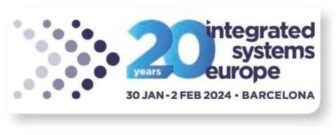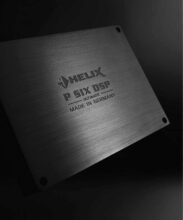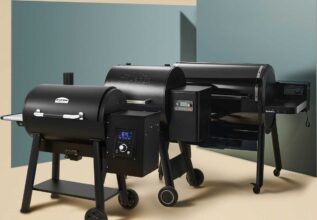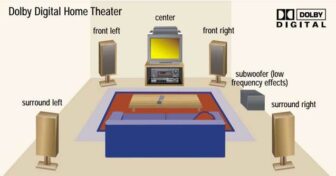ReadyNAS 316 Review
Everyone’s after more storage these days and as it’s cheap as chips that’s really not a problem. What is a problem is making that storage as convenient as possible and ensuring it’s secure. That’s where your local NAS drive comes in; sat on the local network and offering cloud storage, media stream, automatic snapshots and redundant disk arrays, a modern NAS is a bundle of whirring binary love.
The new Netgear ReadyNAS 2013 range is pretty impressive. We’re looking at the Netgear ReadyNAS 316 (RN31600), which is at the higher-end of its mid-range options, offering a better than usual six empty SATA drive bays. Within the Netgear ReadyNAS range the ReadyOS 6 software remains the same; higher-end models offer faster processors and up to 16GB of memory, while lower-end ones drop the number of drive bays, but retain the decent Intel Atom processor and 2GB of memory.
Physically the Netgear NAS is impressively built; it’s solid and weighs a hefty 7kg. Partly this is down to an integrated PSU, which is great – it uses a standard kettle lead and eliminates the chance of a lost or damaged external power brick. The front has a 2-line LCD display with touch-panel control for status information, which is handy for on-the-spot diagnostics. Inside the NAS is a something of a dream. Populating bays is a completely quick-release, tool-free affair. It takes a minute of initial head-scratching to work out how to release the mechanism, but once done drives can be flung in and out in mere seconds Technically, the total internal capacity is 24TB with 4TB drives, obviously running RAID5/6 drops the usable amount down. Importantly using the eSATA ports you’re able to extend this capacity via the Netgear EDA500. This is a five-bay box, with support for two, you’re able to push total capacity to an impressive 64TB. At this level it, of course, supports iSCSI for visualisation and easy SAN integration. All of these capabilities put this ReadyNAS 316 model into the SMB arena, capable of servicing up to 25 users. It’d certainly take care of a demanding home user’s needs for years to come. Software services Running the latest ReadyOS 6 software as all marketeers want, ReadyNAS drives support cloud access. This means any registered users are able to access files across the internet and it offers easy drag and drop access via the site’s web interface. This is alongside the standard user shares, setting up RAID, DLNA, iTunes sharing and other standard NAS services. Netgear doesn’t use ext4 but opts for the BTRFS B-Tree File System, yet another open source file system, developed by Oracle, Red Hat, Intel and others. The main reason for this is that it enables far easier unlimited blocklevel snapshots. What does that mean? It offers entirely flexible per user, per folder or per share snapshot protection. This can be set on an hourly, daily or weekly level and enables you to roll back individual files or entire shares via the dashboard’s handy timeline graph.
On a performance level the ReadyNAS 316 performs strongly with random reads averaging 102MB/s and random writes at 77.8MB/s. The same speeds with sequential files were 108MB/s and 92MB/s. This makes it amongst the best performances we’ve seen, speed wise.
A key area for ReadyOS 6 is the new Windows 8-style minimalist interface, which frankly we didn’t get on with at all. For us it’s a key weakness and had us wishing for a standard FreeNAS interface, while it looks far less able than offerings from QNAP and Synology. It at least does offer additional ‘apps’, which you might like to call extra services via the Genie Marketplace that are added with a single click. This makes it possible to add support for services like DropBox, ownCloud, shared printers and a limited number of other services






